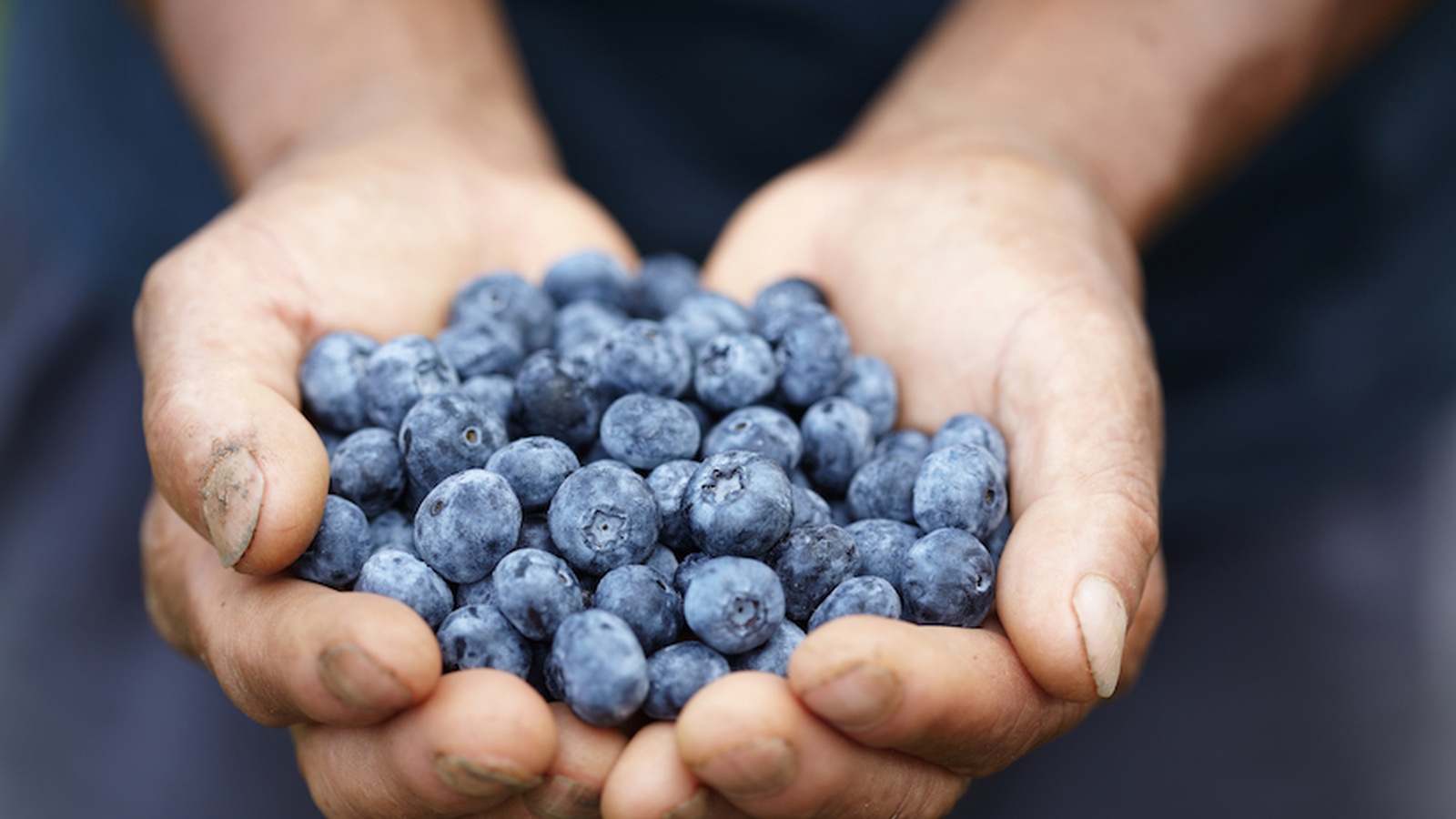Maximize The Nutrient Content Of Your Food: Part 2
Last week, we shared part 1 of how you can maximize the nutrient content of your food! This week we are bringing you part 2 so you can get the most out of your food:
Hacking Your Fruits And Berries
- An apple a day keeps a doctor away. The trick is to choose the right apple! Choose most colorful varieties on a display. Usually apples with the most red color have more nutrients. The color comes from the exposure to the Sun that gives apples more nutrients and antioxidants. Choose apples with red color everywhere, when it’s possible. Some green and yellow varieties like
- Granny Smith are also very nutritious. The skin has the most phytonutrients and antioxidants. Eat the skin and go organic to limit exposure to pesticides and double health benefit
- Apples are better stored in the crisper drawer of your fridge. Summer apples are well stored for a week or two. Fall apples can be stored for a couple of months. Buy apples as you need them. Warehouses and stores do a better job at keeping your apples fresh.
Blueberries And Blackberries
- The Champions! These berries are among the most nutritious foods on the planet! Berries have 4 times more antioxidants than majority of fruits and 10 times more than most vegetables!
- That’s what I call efficient eating! Eat your berries and get lots and lots of nutrients in! Blue and black berries have low glycemic load, rich in fiber. They have the potential to slow down aging, make you smarter, fight cancer and reduce the risk of cardiovascular disease. Frozen berries are almost as nutritious as fresh ones. Thawing them, however, destroys most nutrients - so do it fast!
- Although dried berries might seem like a good choice, when fresh ones are not available, remember, that dried berries lose up to 80% of their antioxidant value! Berries spoil fast. So, when bought, eat them within few days. Store them in the fridge. If you plan to store berries for longer, freeze them.
- To freeze: spread them in a single layer on a cookie sheet, freeze and put in the bags.
- Cooking berries can increase their phytonutrient content. Strawberries, cranberries, raspberries – beautiful, delicious, sexy reds! And so good for you!
- Most commercially sold strawberries are picked ¾ ripe and they never ripe further, they taste like nothing and are not that nutritious. (So don’t waste your money here!) Try to buy field picked strawberries for the most taste and nutrition content.
- Eat them within few days. Store them on a counter for a couple of days to increase antioxidant content. If you plan to freeze berries: spread them on the sheets and dust them with powdered vitamin C or pectin powder, or both to preserve the most phytonutrients and antioxidants.
Eat Your Cranberries
- They have very high antioxidant content, and even when dried they lose just about 20% of their antioxidant value. Raspberries are super delicious, high in antioxidants and fiber. Black ones are more nutritious than red ones and have anticancer properties as well.
Stone Fruits: Peaches, Plums, Apricots And Cherries
- Yum! Buy ripe or nearly ripe stone fruits. If stone fruits were exposed to cold temperatures during transportation or storage, they will suffer from Chilling Injury (CI) and will never ripen after!
- The ripe fruits (peaches and nectarines) will have creamy yellow or white background – no green color! They should have a slight give, when they are ripe. Apricots are 3 to 8 times more nutritious than peaches or nectarines! It is believed that dried apricots not treated with sulfur are better for us but no studies show that small amount of sulfur is bad for us (unless you have an intolerance), and, in fact, apricots preserve more antioxidants, when they are treated with sulfur! So go for bright orange dried apricots, not the brown ones!
- Cherries are best when they are freshly picked. Judge by the stems: cherries should have bright green stems. Cherries are great for treating inflammation.
- Cherry juice is amazing for recovery! After a tough workout load up on good quality cherry juice that will reduce after-workout pain and will speed up muscle recovery!
Plums
- The darker – the more nutritious. Summer plums are more nutritious and sweeter than earlier ones. Dried plums (prunes) are among the most nutritious foods in the grocery store!
Grapes And Raisins
- Black, purple and red are best for your health. Green varieties have the least nutrients and the most sugar!
- Muscadine and Concord are the best varieties. Look for the freshest grapes – they should have green stems and be firmly attached to the vine. To preserve the most nutrients store grapes in the crisper drawer of your fridge in a perforated bag. Rinse right before eating. Buy organic as most of the nutrients are in the skin, and you don’t want to eat all those nasty chemicals with the skin.
- Golden raisins have more nutrients than black ones. Golden raisins are treated with sulfur to preserve the color, and sulfur preserves the most antioxidants. The champions are Currants that are made from Black Corinth grapes. They have more nutrients and flavor than black or golden raisins.
Sunny Sweet Sunshine Filled Citrus Fruits
- Sweet Oranges! The brighter and deeper the orange color is the more nutritious the oranges are! The bigger – the more nutrients!
- Eat the membranes surrounding the sections for added nutrition. The more color the flesh has – the more nutrients. Blood colored oranges are the champions! All grapefruits are good for you and lower cholesterol levels, but only red ones lower triglyceride levels as well.
- If you drink orange juice – fresh squeezed is the best. If you buy it from the store – varieties with pulp usually have the most nutrients. Lemons and limes are best when they are harvested ripe. The ripest lemons are yellow all over. Mature limes start turning yellow as well.
- *Did you know that adding a squirt of lemon to your cup of green tea before you brew the tea increases the amount of the phytonutrients in the brew and also enhances your ability to absorb them
- Store your citrus fruits properly for maximum vitamin C and antioxidant content: store them in the fridge without plastic bags, as bags promote mold. If you have extra fruit: squeeze the juice, cut the peels off and freeze them!
Go Exotic! Make The Most Out Of Eating Globally
- Go Bananas! The sweeter the bananas are the least nutrients and most sugar they have. Smaller “lady fingers” bananas have more nutrients. Once fully ripened store bananas in the fridge. Bananas with colorful flesh have more nutrients.
- Sunny Pineapples! The sweetest and more golden varieties of pineapples have the most vitamin C and beta-carotene. Choose the freshest pineapples possible – with dark green leaves on the crown, with no signs of browning or fading.
- Oh, Sweet Papayas! You taste like ice-cream!
- Papayas have low glycemic load of 3 and excellent source of vitamin C. Red-fleshed papaya is more nutritious than golden-fleshed. If you buy papaya slightly green you can finish the ripening process on your kitchen counter – just leave it out there. Once ripe – refrigerate it.
- Mangoes! Eat more of them! Mangoes have 5 times more vitamin C than oranges, more fiber and lower glycemic load. Mangoes with dark orange flesh will give you more nutrients. Guava is a tropical nutrition champion among other tropical delights. Guava is more nutritious than papayas, pineapples, bananas or mangoes. Red-fleshed guavas are the most nutritious.
- Melons. Light in Flavor, Calories and Nutrition! Have them for variety, fun and hydration! Melons don’t really have much to offer when it comes to nutrition. But they are really amazing for hydration, as they are so rich in water. Red watermelons are a great source of lycopene. Seedless watermelons have more nutrients.
- How to choose a tasty watermelon? The skin of a tasty ripe one lost its gloss and it has a “ground” spot that is yellow. When you thump it, the sound should be deep. The deeper the color of the flesh of a melon – the more nutrients you get. Go for orange-fleshed honeydews! More flavor and more nutrients! Melons come in contact with lots of bacteria. Scrub before cutting with soft clean brush under running water. Store your melons and watermelons at room temperature to increase antioxidant content.
You are ready to hack your plants for maximum nutrition and become an efficient plant eater!
My final advice to efficient plant eaters? To get the most out of what you eat, no matter what it is, – Chew Well! Enjoy and savor!
If you haven’t already, join our free global challenge at www.GetOffTheGluten.com to receive daily recipes & health tips, access to our private group for support and inspiration, plus before and after testing to track your progress in key areas of your life such as weight, sleep, bloating, skin-conditions, mental health and more!
JOIN THE GROUP CHALLENGE STARTS IN:


